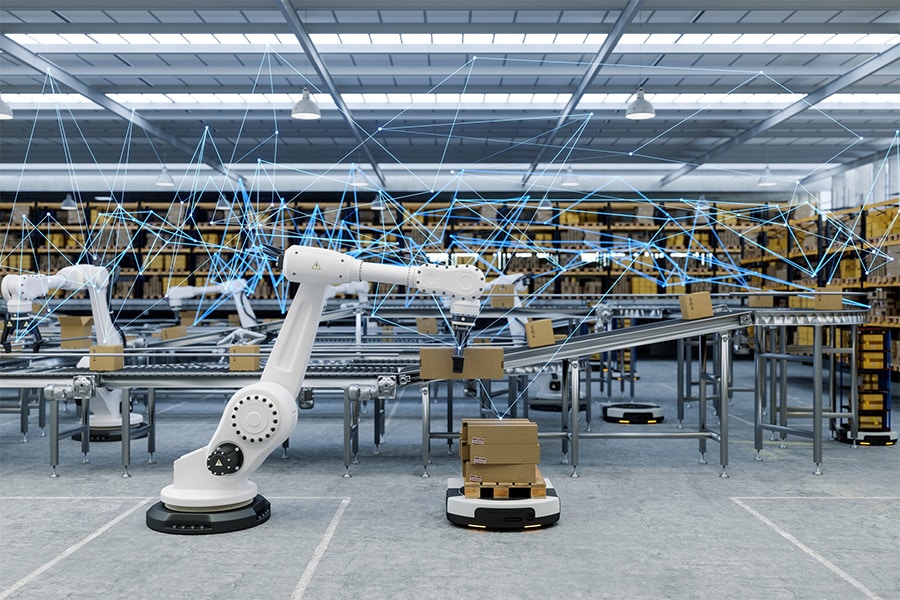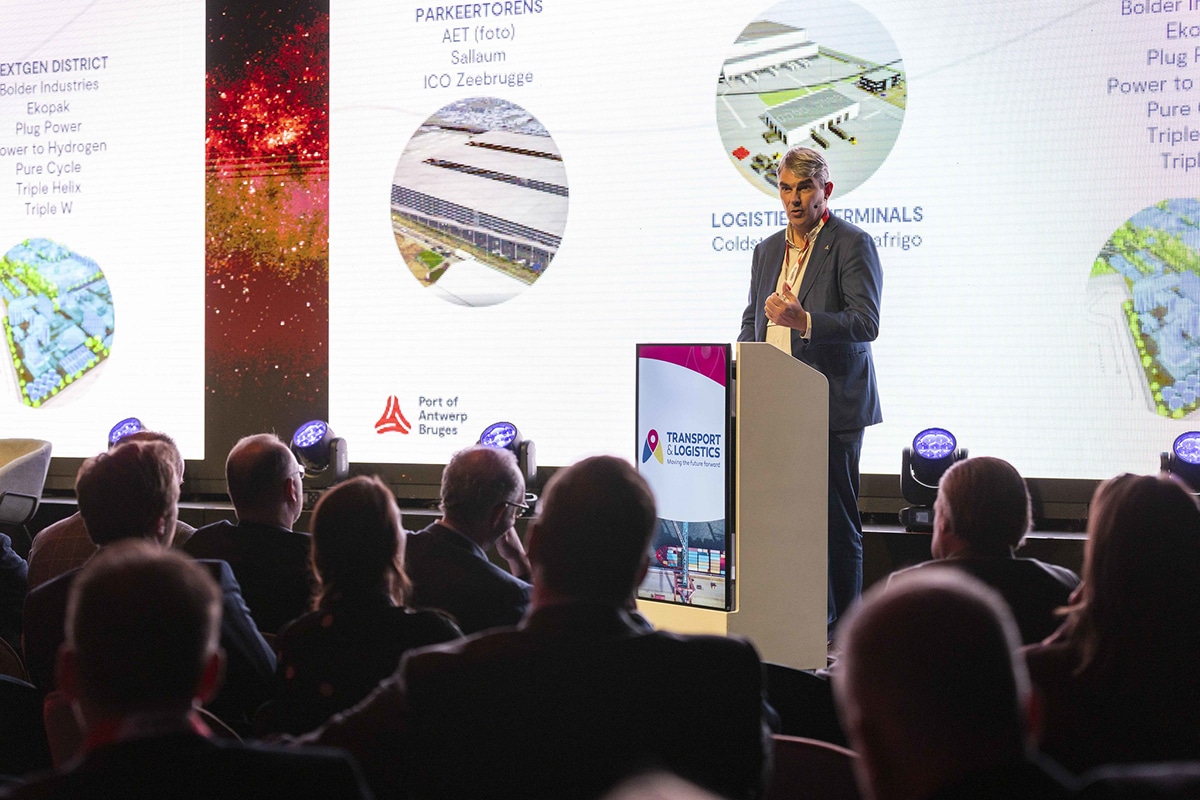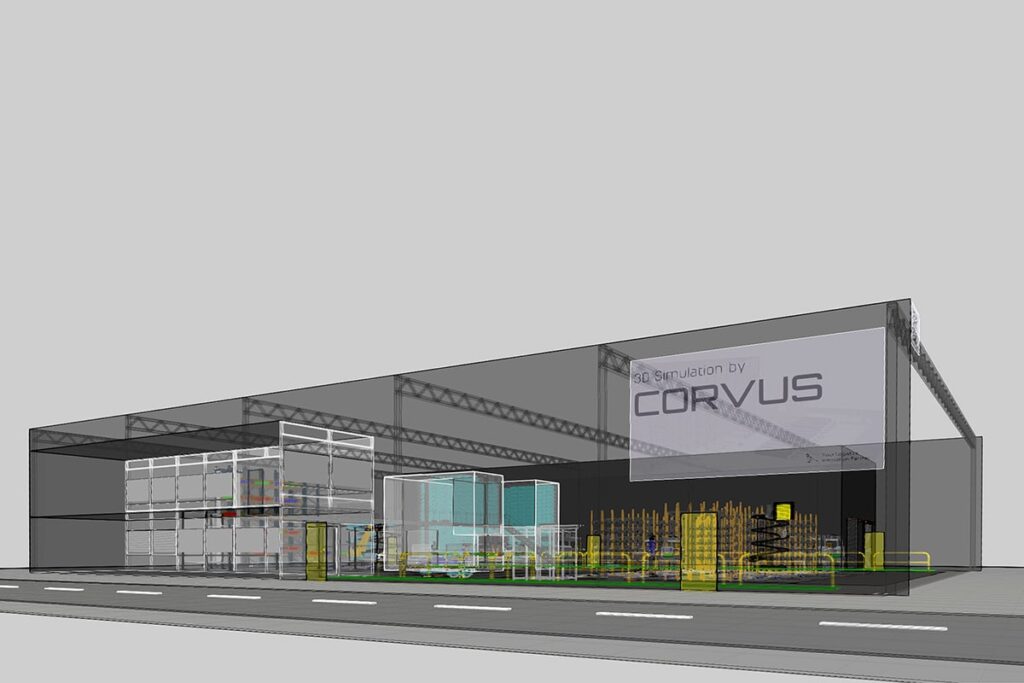
'Automation in logistics, more necessity than luxury'
Automation in logistics is certainly no longer a luxury. The shortage of warehouse workers, forklift drivers and others is forcing SMEs to look for alternatives to keep their flow of goods running. As someone recently said, "It's not a 'war for talent,' it's a 'war for people.'" SMEs in particular are experiencing these pressures. Automation tailored to the shop floor is crucial here; especially not applied as hype but as a practical tool to support businesses.
Everything starts with a good foundation
Automation requires a healthy strong structure. Because without a good foundation, integrating automation is a trap. Data is therefore essential here. And to collect accurate data, you need a digital environment. A WMS system is a good example of this because it keeps track of exactly where goods are in a warehouse. The WMS systems of tomorrow, augmented by artificial intelligence will also detect trends. This helps in efficiently setting up or optimizing a warehouse.
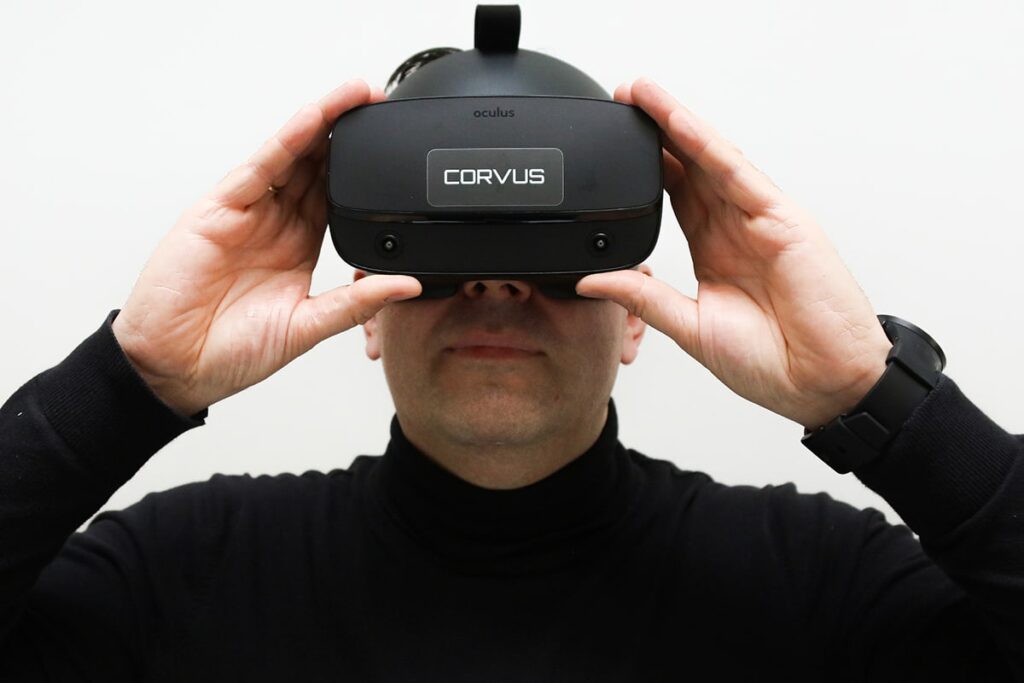
Insight makes impact
Automation almost always starts with insight. This requires not only a mix of knowledge of logistics, industry and IT, but also a keen understanding of work processes. Integrators often know their own systems best, but sometimes lack connection to customers' specific needs. That is why it is important to visualize processes and make the "black-box" of logistics transparent. What is missing you need to visualize yourself. With AI-driven tracking sensors, for example, you can map movements of goods and vehicles in real time. This data visualized in tools such as PowerBI and others, makes bottlenecks clearly visible and allows companies to work more efficiently.
Which solution is the right one?
Sometimes companies do get driven by hype. This is a risk, because trying to solve a problem based on trendy systems without prior knowledge causes people to not apply the right systems. For example, there is an increasing growth of autonomous driving vehicles, not only on the road like Tesla, but also in warehouses or production environments where horizontal movements are mostly applicable. The choice of such automation depends on the needs. So what should one choose, an AGV or an AMR? Or should robots or cobots be used, for example, to automatically place boxes on a conveyor belt or stack them on pallets? Every challenge requires a customized solution. This certainly does not have to be a specific customization, but rather existing technology that provides a solution to the issue of the company in question.
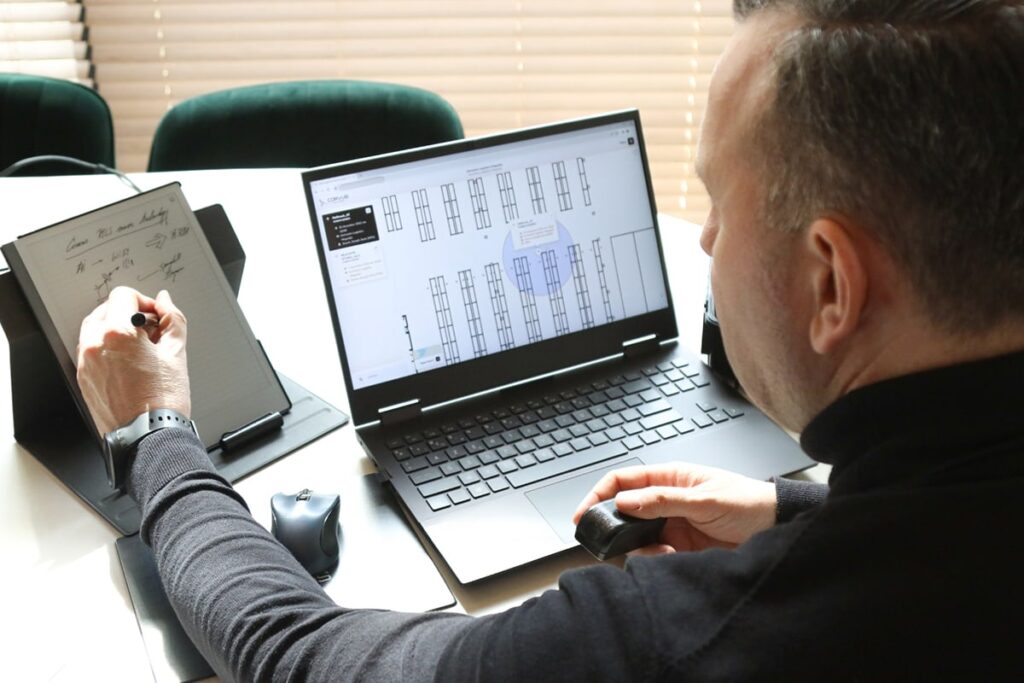
Man and machine working together
We must not forget that man and machine reinforce each other, they know at Corvus, experts in logistics automation and innovation. This is true now more than ever, by the way. Together they work on more efficient processes and better results, because that is the future of warehouses and other logistics processes. We are therefore moving more and more towards digital twins, the digital copies of the real environment. Corvus has been applying this for some time. It creates digital twins in 3D, allowing new concepts with automation to be tested without large investments. In this way, they speed up integrations and minimize risks. It also gives companies continuous control over their processes so they are ready - now and in the future. "Recently, one of our customers said: we need to embrace AI," we hear at Corvus, "And that's right. Because innovation does not exist without change."
